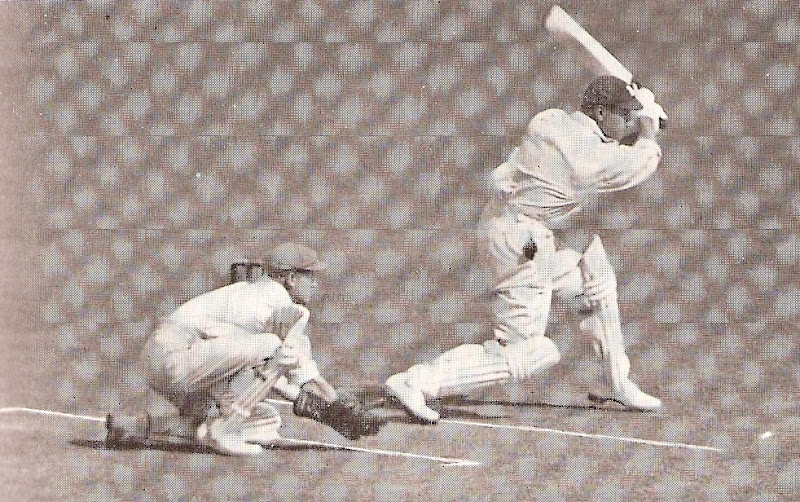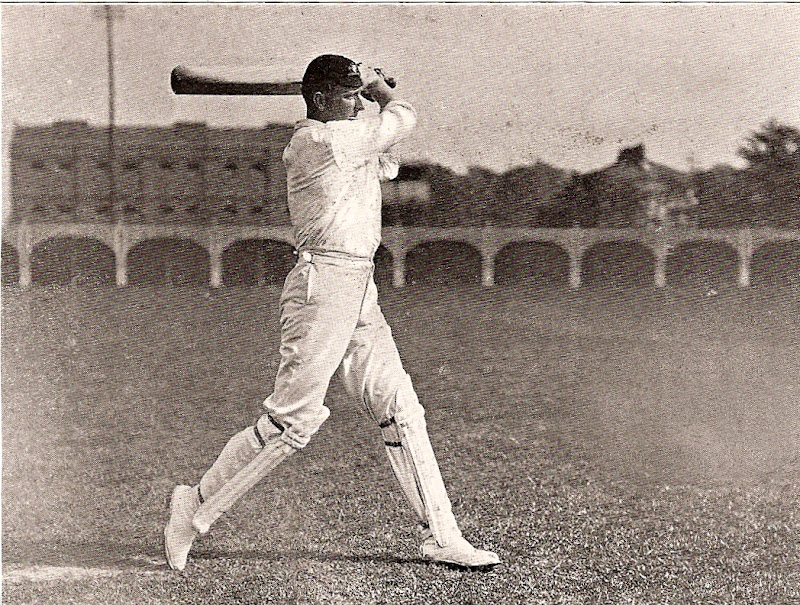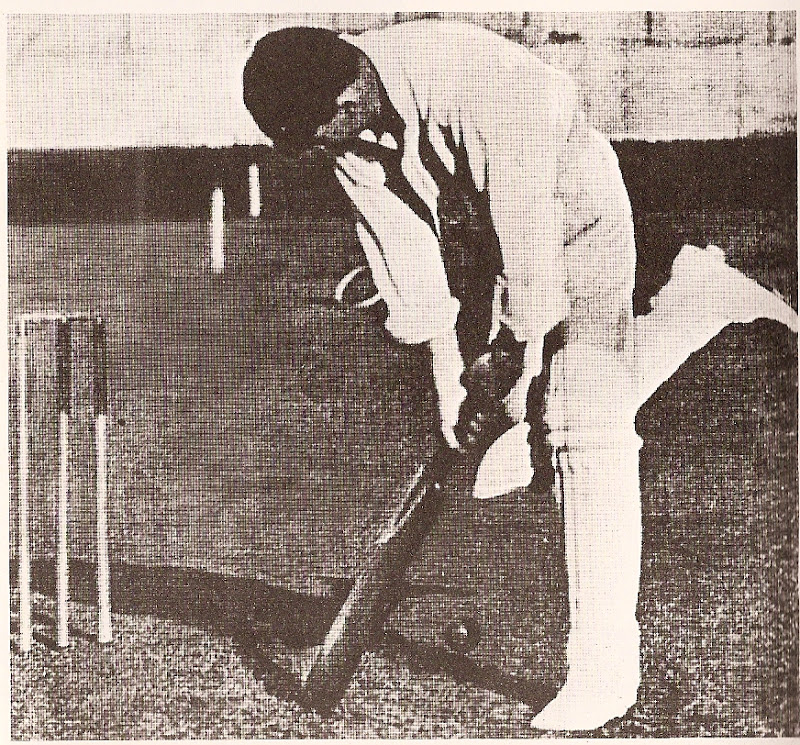SJS this photo (which is about as beautiful as sports photography can possibly get) has got me thinking - any chance you could do a similar trawl through your writing/photography archives to compile a similar thread for Wally Hammond?
I am doing a Legends series (will eventually end up as a series of articles for the CW) which is to include a Legends playing XI as under. This is a tentative list and may get modified.
- Grace
- Trumper
- Ranji
- Maclaren
- Noble
- Armstrong
- Jackson
- Hirst
- Blackham
- Spofforth
- Barnes
12th Man Jessop
Whats common about these players is that they played around the beginning of the 20th century which means that while for the student of the game these are legends, for the modern fan, they are players around whom their is more myth than substance.
Unfortunately the lack of contemporary account for most of them and almost a complete absence of action photographs has made the situation worse. Trumper and Barnes suffer the most in this regard and they are to be in any short list of the greatest batsman and greatest bowler of all time respectively. This is a massive tragedy. I believe there is a need to bring these legends to 'life' as it were by putting together a series based on contemporary accounts and a collection of action photographs where possible.
I have already done a lot of writing in different threads on CW about Barnes. Now with Trumper and Grace I am covering another two.
I am going to use the material I post here along with my commentary for the series of articles I am preparing.
It would be an absolute pleasure to do one on Hammond but since so much material from contemporary accounts is already availabe, I decided to take up the more "distant" and hence rather "grey" figures to start with for there the need is greater.
Then the statistics for a hundred years ago are going to be completely different. Not only because they played so little of international cricket (in fact for many years important county matches were bigger games than what we now know as test matches) but because of different conditions. Centuries were fewer, double centuries rare and triple centuries in the realm of the miraculous - even in first class cricket. Clearly this reflected in the batting averages of the players - and in the lower bowling averages of the bowlers too. Unfortunately instead of understanding and deconstructing the persona of those times through a better understanding of the times and the stats, there is a tendency to run down the batsmen because the averages were lower and (in an amazingly contradictory manner) run down the bowlers' lower averages by talking of the helpful bowling conditions).
We need to look at these great sportsmen beyond their figures. Of course, the figures tell something but you cant even compare the figures of Grace's youth with that of Hobbs, where is the question of comparing Grace with Tendulkar.
A champion has to be seen as a champion by how much he stands taller in comparison with his peers and then we realise that Grace was so much taller than the others around him, and so it has been right upto today when Tendulkar and Lara stand head and shoulders above their peers.
Now how to know how much 'taller' than their peers they were. If I was to say it, or even a Cardus was to write of WG, we would, with at least some justification. doubt the veracity of the account by hinting at 'hero-worship' or glorifying the myths of the past. Thats why the accounts of their peers are so priceless.
Someone had asked me here about the best book on Trumper. I did not name any because there isn't a single contemporary account. I named Thomson's book because of his great style of writing. If I had to chose a later day account by someone who was not an eye-witness, I would have chosen Fingleton's The Immortal Victor Trumper. But when I read that book, I had already read the accounts of Trumper in Noble's book and the Mailey essay. Take away what Fingleton has taken from these two and his book has almost nothing to offer. He borrows heavily from the two chapters of Noble and quotes the entire mailey essay verbatim.
I am saying this to emphasise the importance of contemporary accounts. The later day accounts are only research works which can be just as good as a sum of their source materials (at least as far as content is concerned).








 Asked for that didn't I !!!
Asked for that didn't I !!!








